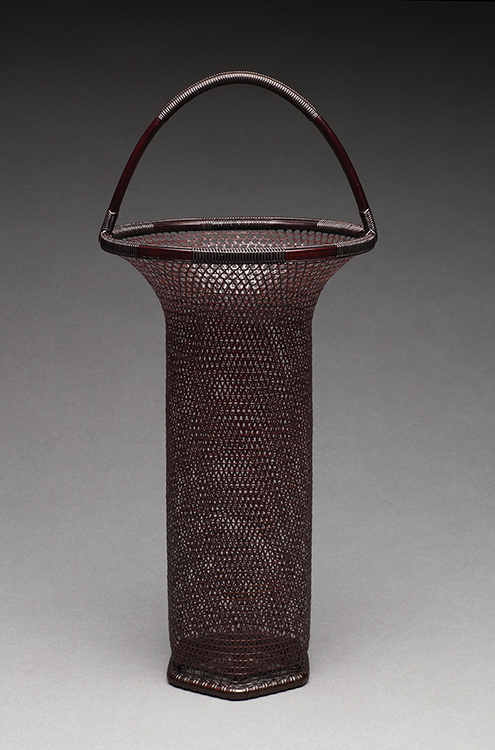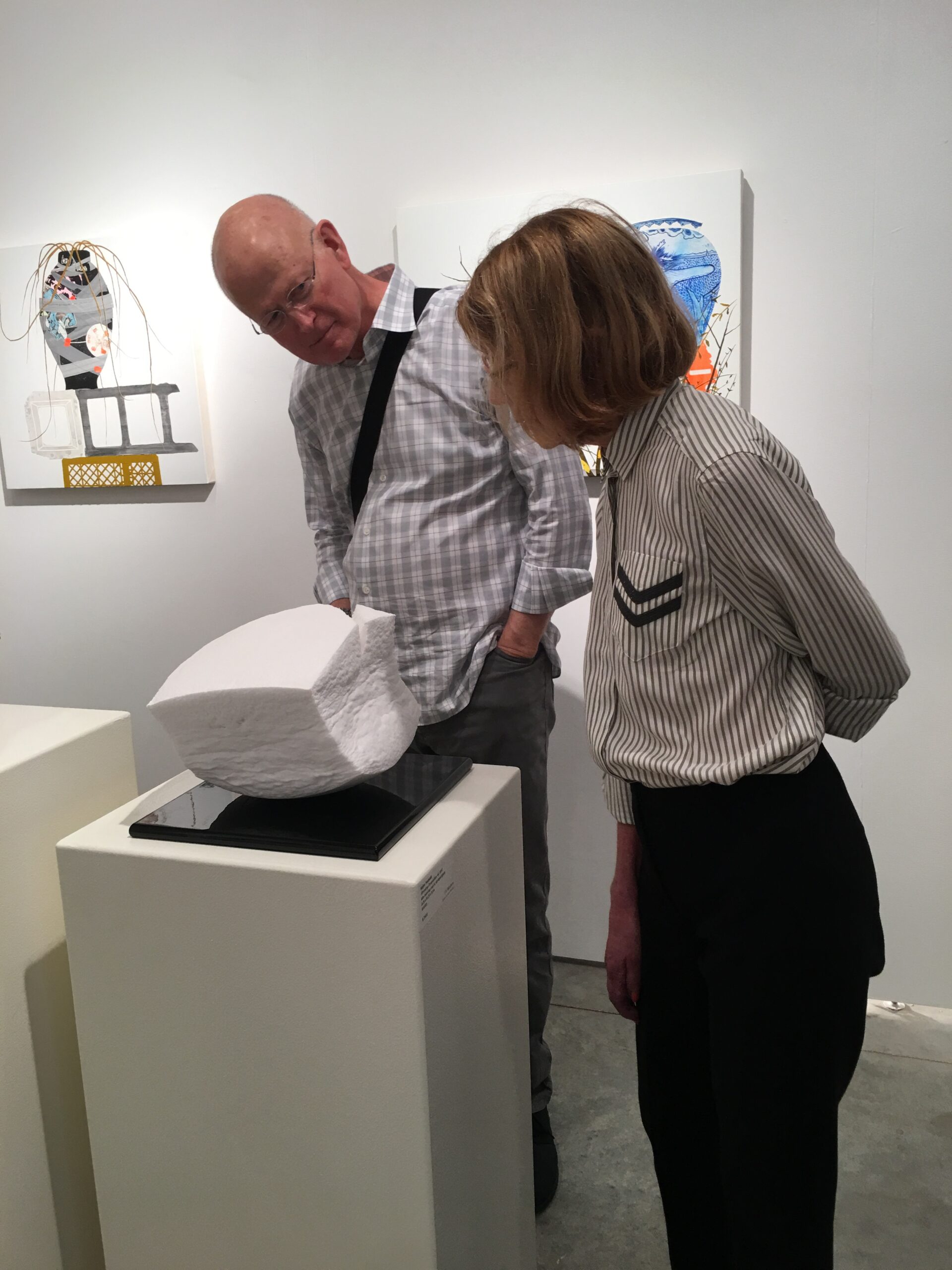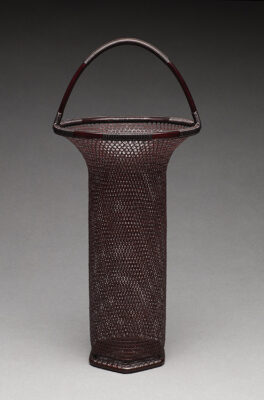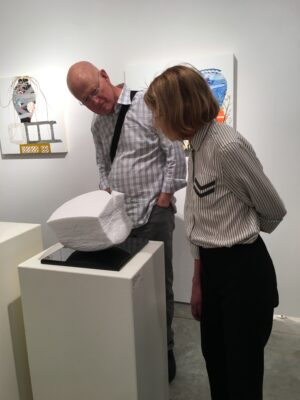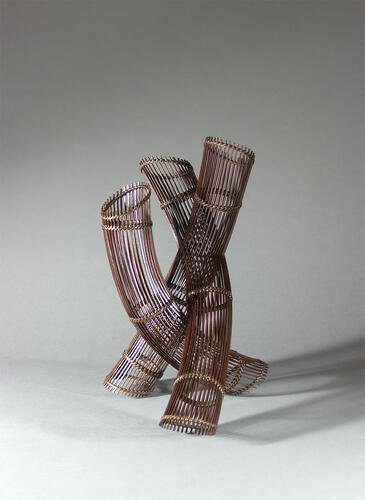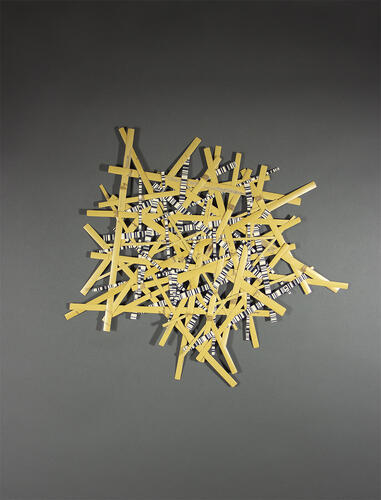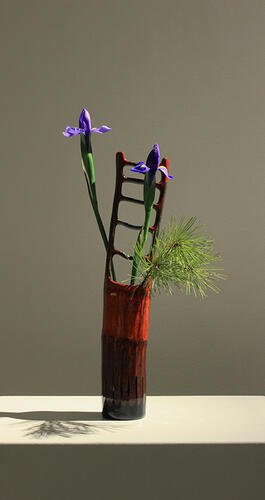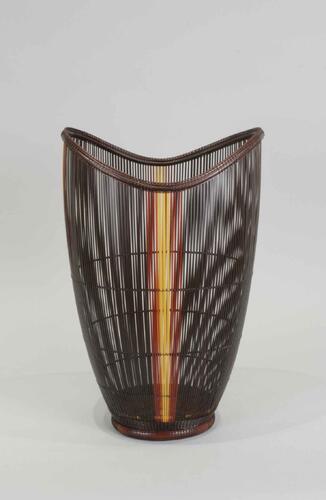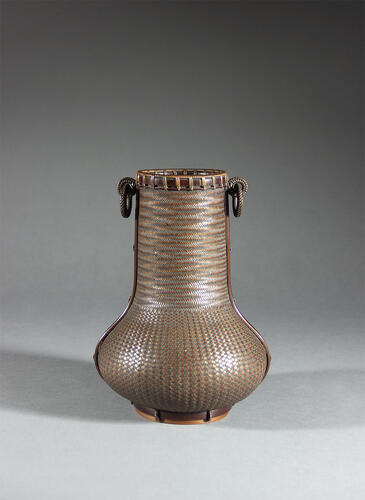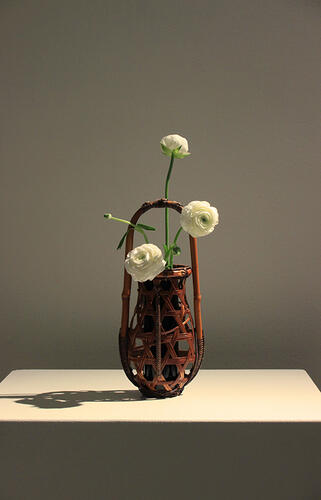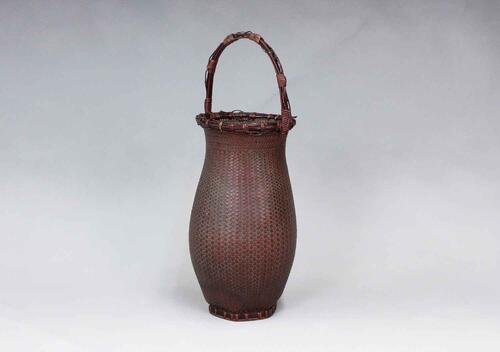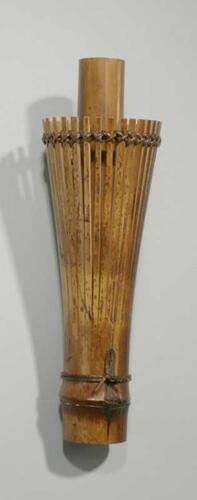In honor of the 1915 Panama-California Exposition centennial celebration, TAI Modern is thrilled to present an expansive group exhibition at the Japanese Friendship Garden of San Diego, San Diego, CA, September 12 – December 6, 2015.The show will include over forty bamboo artworks created by a variety of artists. This special preview exhibition on view at TAI Modern highlights several historic works, some on view for the first time.
The 1915 Panama-California Exposition—which celebrated the opening of the Panama Canal and sought to establish San Diego as a port of call—was the site of a major early exhibition of Japanese arts and culture, including bamboo art, in the United States. Beginning in the late 19thCentury, Japan’s participation in the world’s fairs initiated some of the earliest encounters with Japan’s art and culture within Europe and the Unites States, resulting in an enormous demand for their unique products.
Japanese Bamboo and the World Expo: A Century of Discovery celebrates the fairs’ roles as critical moments of international exposure that inspired Japanese bamboo artists to further their crafts. With pieces spanning from an 1887 vessel by Hayakawa Shokosai I to Nakatomi Hajime’s 2015 Prism: Square, the exhibition provides a rich introduction to the diverse developments bamboo arts have undergone throughout the last century. The show is organized around three primary regions of bamboo art: Kansai, centered around the historic cities of Kyoto and Osaka; Kanto,which encompasses the Tokyo metropolis and the urbanized center of Japan; and Kyushu,the southernmost of Japan’s main islands.
KANSAI
The birthplace of modern Japanese bamboo, the Kansai aesthetic is characterized by elegant forms, balanced proportions, refined craftsmanship and elaborate detail. Kyoto, the historic capital of Japan for over a millennia—also the birthplace of the sencha tea ceremony—was traditionally home to members of the nobility, whose refined tastes and high culture influenced bamboo artists. Three pieces from the Hayakawa Shokosai lineage, spanning almost a century, exemplify the region’s graceful shapes,intricate rattan work, rich dyes, and harmonious integration of various weaving techniques. In later works, such as Tanabe Chikuunsai II’s Lily-shaped Flower Basket, all of these traits are retained while artists have shifted toward lighter constructions and airy, open weaves.
KANTO
The Kanto region, centered around the Tokyo metropolis, is home to artists known for their innovation and break with tradition. From a broad range of colors and types of bamboo to inventive, asymmetrical shapes, these artists share an impulse for experimentation. This is evident in Isohi Setsuko’s cherry-red dyes and Honma Kazuaki’s use of shakotandake, a unique type of speckled bamboo grass. Oki Toshie’s geometric Spring Breezeand Honma Hideaki’s abstracted sculptures exemplify ongoing explorations within bamboo’s potential for new techniques and forms.
KYUSHU
Kyushu, the youngest of the three regions (bamboo art began in this region in the early 1900s), is currently home to the largest number of practicing bamboo artists due to the establishment of the Oita Prefectural Bamboo Craft and Training Support Center in the city of Beppu. Influenced by a number of teachers from various regions, the Kyushu artists are known for powerful constructions and robust, jar-shaped curvatures.Interest in dynamic horizontal progression can be seen in pieces such as Honda Syoryu’s Sound of Wavesand Okazaki Chikuhosai’s Flower Basket with Arrow Design. Many of these artist’s styles embrace bamboo’s wooden qualities, often using wider strips of material and dyes in a natural palette; this is seen in Yufu Shohaku’s muscular Sacred Mountainand Iwao Honan I’s Blue Ocean plaited Flower Basket.

